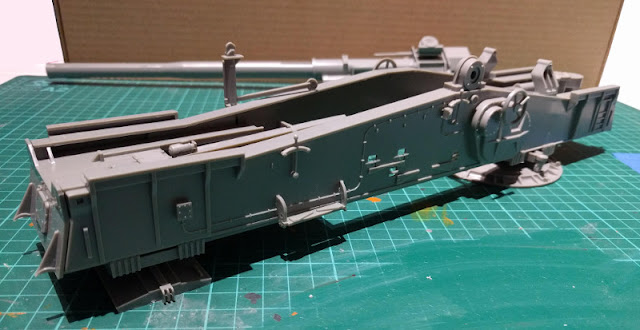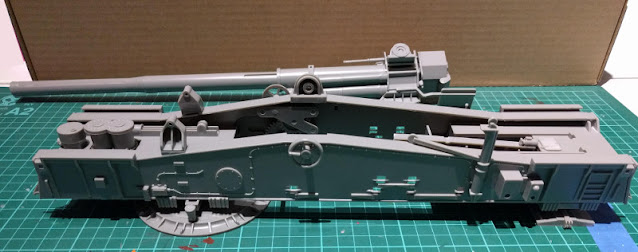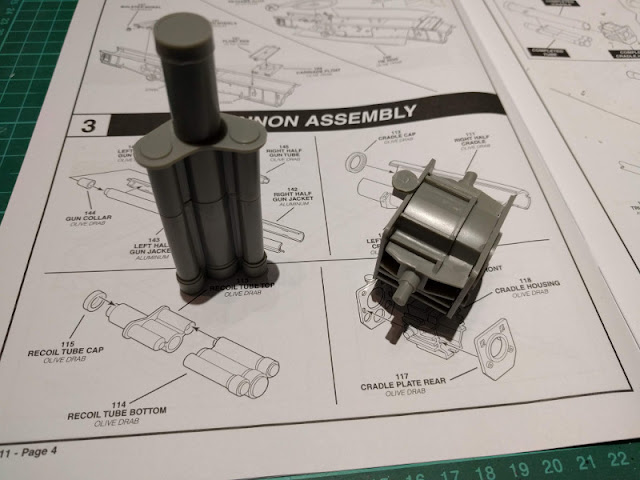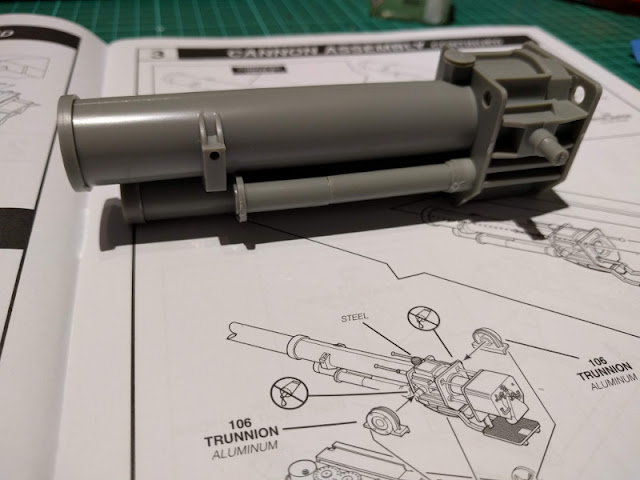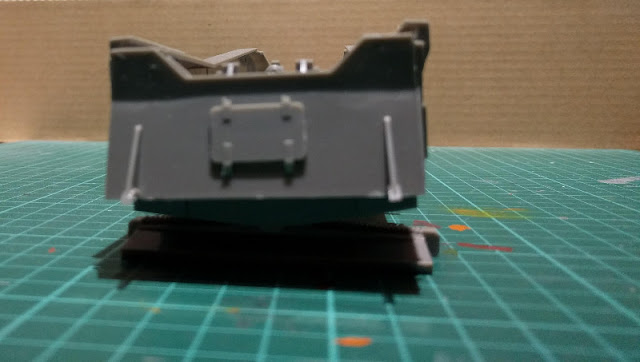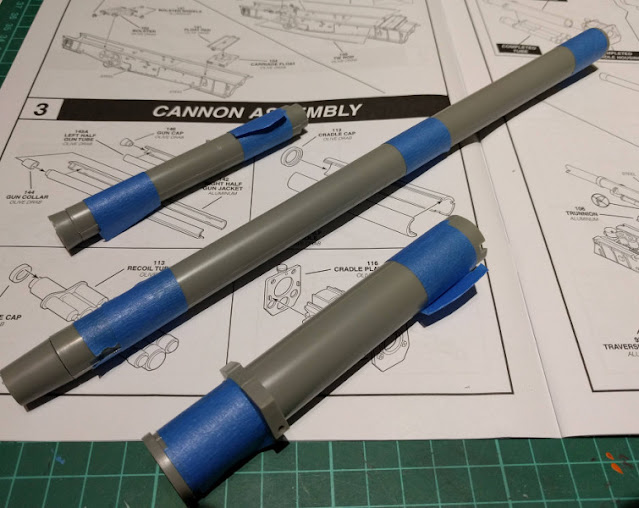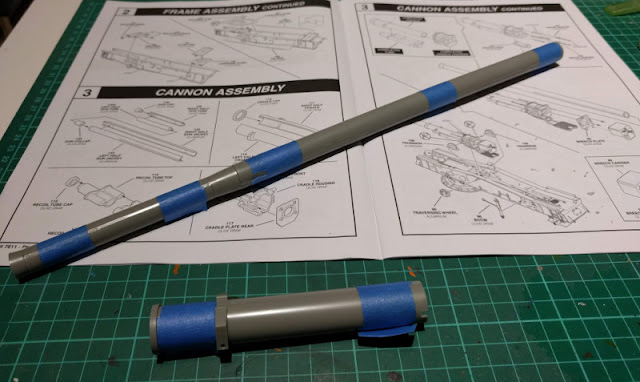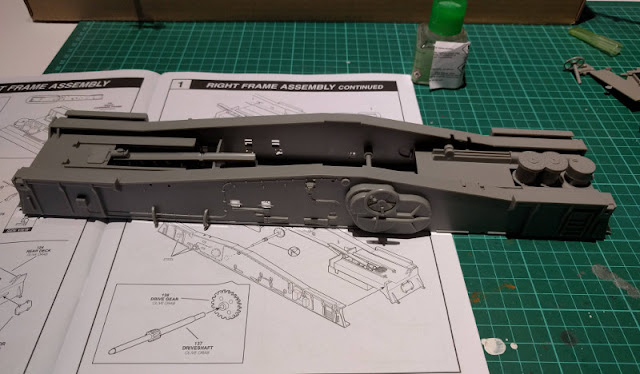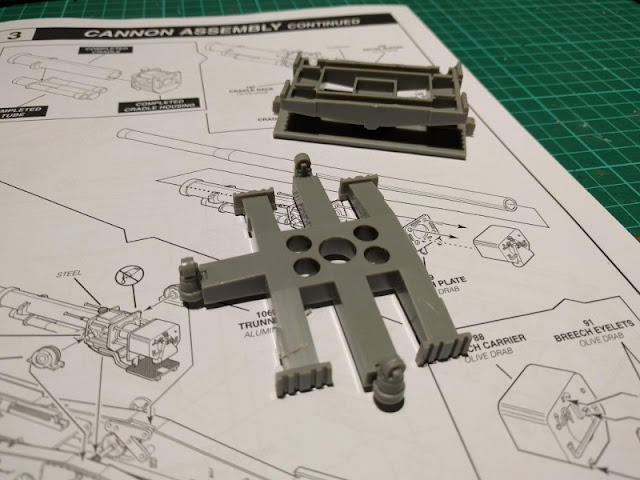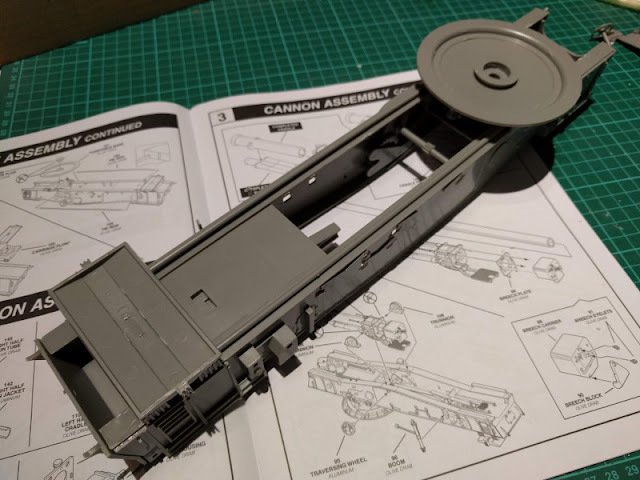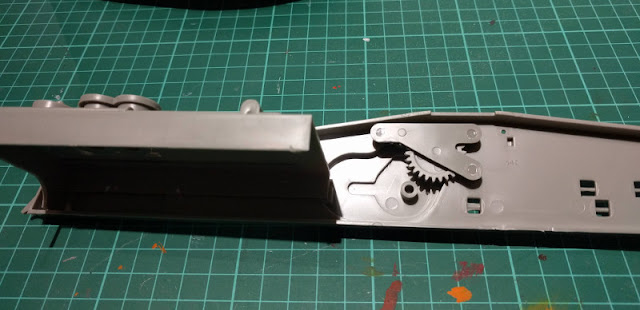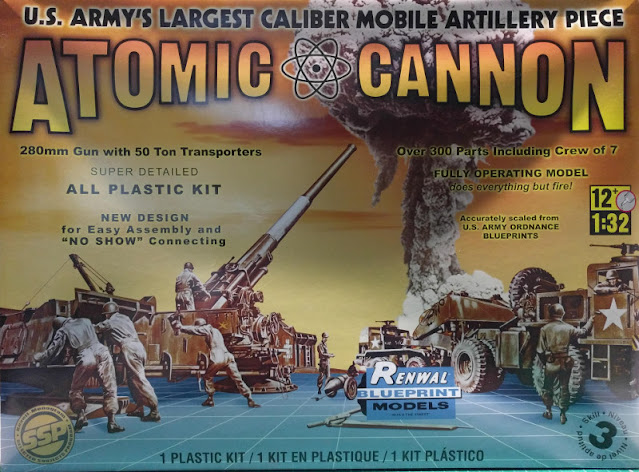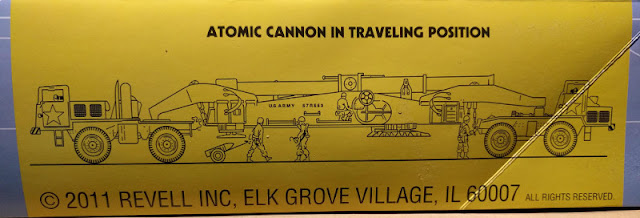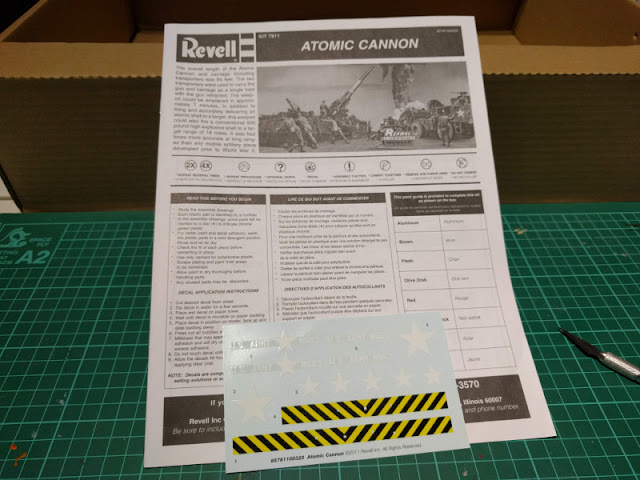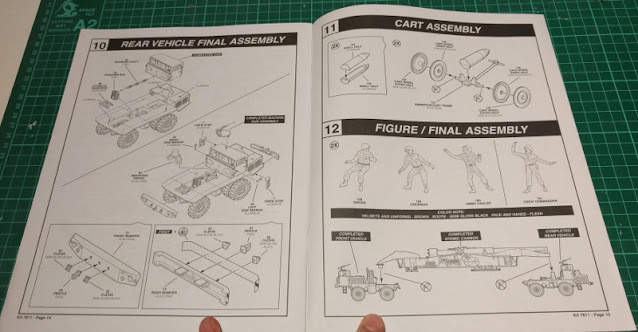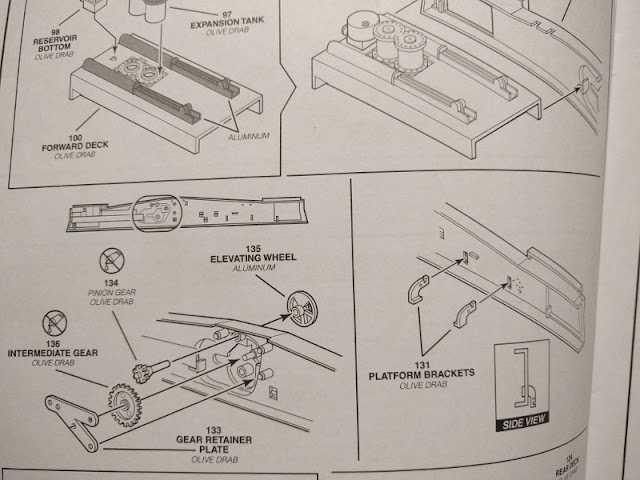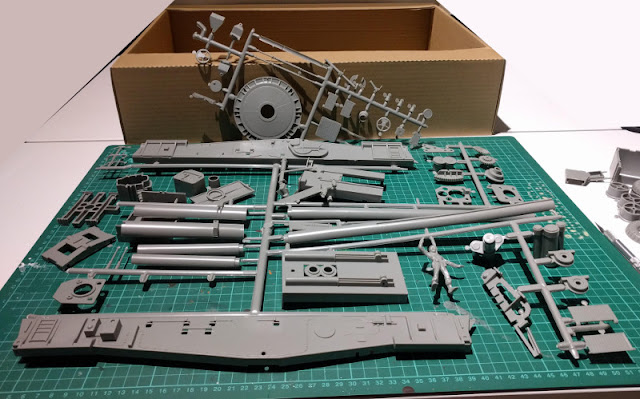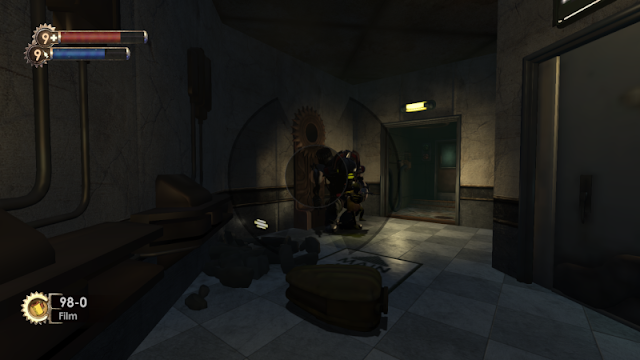Easily influenced
I observed earlier while the Project Assistants were watching cartoons. Between some episodes of Phineas and Ferb an episode of the new Duck Tales was scheduled and while half listening and seeing it I got a strong urge to play through the Bioshocks again. In this Season 2 episode
2 the ducklings found cousin Ferthy (whom I could not recall encountering anywhere outside the comics) in a lighthouse in the middle of the sea. The thing inside the lighthouse was a bathyshpere that took them to an undersea research facility, with the whole episode being a bit weird.

Man chooses, slave obeys
The episode drove such a strong urge into my head that I actually did install Bioshock. At some mystical point in history my Steam library had received some Remastered versions of both, so I'd just check those then.
Walls and floors updated with bloody messages were more numerous than on the Citadel itself.
Little sisters
I had completed both Bioshocks back in the day and of course I harvested each and every single Little Sister I encountered, because it just felt like the handiest approach. My then colleague had taken the opposite approach, as was his habit, and he tried to convince me that saving them was more beneficial in the long run and therefore the best choice. This being my second run I thought I'd give it a shot, so I'd see how the game went if you were "good".
Dunno. Every time you saved one of the girls you got some Adam, then a few times as the game progressed (I thought it happened after every n saved Little Sister) a gift teddy bear was put in front of a nearby Gatherer's Garden and it contained some Adam and ammo, typically. Upgrading the plasmids got much slower and tedious compared to straightforward harvesting.
Generic mumbling
It made no sense for me to specifically tell details of a game this old. Cohen's hub with the artists was pretty disturbing, more so than I somehow remembered, and the guy himself was... well, strange to say the least. In the end I just left him alone to admire his stupid masterpiece, which was pretty bad with the photos of the victims being so very unrecognizeable. He was happy so who was I to judge?
Details such as these local traffic map and schedules prints I stopped to admire a few times during my adventures. In a way they were pointless for the gameplay itself, but supervaluable for the world building. I enjoyed these.
 |
A new victim in the corridors of Hephaestus
|
 |
Would'ya kindly?
|
My absolute favourite plasmid was the swarm of angry bees, had been since I saw the teaser
video a good while before the game was out. Who wouldn't want to launch a massive swarm of mad bees against their numerous adversaries? Truth be told, it didn't feel quite as handy as I had hoped for, but it was hysterically fun to use!
Final fumbling
In the very end of the game you had to find the pieces of a Big Daddy setup (I spent a small eternity looking for the last part and was about to give up in frustration) and that's how the end went, stomping around in a diving suit, now accompanied by Little Sisters. Somehow I had this idea in my head that the helmet overlay disappeared quickly in the original version but here in the Remaster it stayed as long as it made sense.
A final boss moment
I really couldn't remember what was the thing with the end battle, so I was just as lost as 10+ years ago. Somehow my mixed memory was very confused, as I had an amount of details from the KOTOR final battle. And that was a bothersome fight.
All that this Silver Surfer -cosplayer needed was to be attacked and avoided until he got damaged enough and jumped into his recharger. While the chap was locked in you could punch him into the liver with the harvester. Repeat four times and he fell for good. In a way pretty damn straightforward, but in practice somewhat more bothersome with all the extra slicers swarming around.
Creepy beasts, those Little Sisters.
Of the sequel and ancestor
As my Steam library had a set of games from the series I thought I'd go through a few of them. Bioshock Infinite didn't interest me enough, as I gave up on it on an endless airship battle on a flying boat, most likely near the very end of the game. Playing up to that point again, just to get frustrated with the same damn multistage fight didn't sound like a good use of my time. Or nerves.
Bioshock 2
Straight after finishing Bioshock I jumped on to Bs2 Remaster, but that one died on its tracks pretty quickly after getting the fire plasmid, in the second Big Sister fight. After about n minutes of fighting her the game crashed seriously, no matter what I did or didn't do.
Though, every time I started the game it complained about my hw not being perfectly compatible with it, so maybe that's why it crashed so spectacularly. And here I was, so very happy about the remastered version doing away with the braindead GFWL garbage that took ages per session to go around, in the original game.
A funny detail: I uninstalled the Remastered version and installed the old Bioshock 2, but that said the same about my hardware, so I didn't bother using any more time on it anymore. Bleh.
System Shock (1994)
After the disappointment of the much more modern game I played through (with the walkthru and a pretty low difficulty setting combination, I admit) their predecessor, System Shock, as that one also had gotten a n Enhanced Edition before the Kickstarted remake was to be released. I'd taken a bunch of screenshots, but as the Steam overlay didn't work straight out of the box, I didn't bother. In fact, getting the thing to start in the first place required some DOS-era "install one of these, then a driver for that, and a patch for the other thing", but at least it didn't want me to dive back into the autoexec.bat and config.sys editing. That was something I didn't want to get back to anymore, not in 2020.
The UI was really strange compared to a comfy person like me who's way too used to these modern and simple ones, but it didn't take that long to get used to. Still, way too often I switched weapons (or threw them away) instead of doing what I intended to do. Also after the first couple of sessions my eyes felt like I had been doing something very unusual, but then that went away - or I got used to it.
The game itself with the story and Shodan was familiar to everyone, so I wasn't going to be able to bring any new viewpoints about it. The new version I was looking forward to, to get the same story but in a new packaging (truth be told, I'd keep the original musics). That's assuming that my a few years old compy was up to running it, that is...
(Before anyone asks, I had finished System Shock 2 a couple of silly years ago, about the same time I did my incomplete run of Bs:Infinite, so it wasn't on the list, either.)




